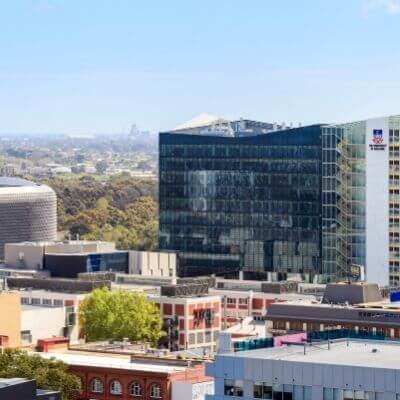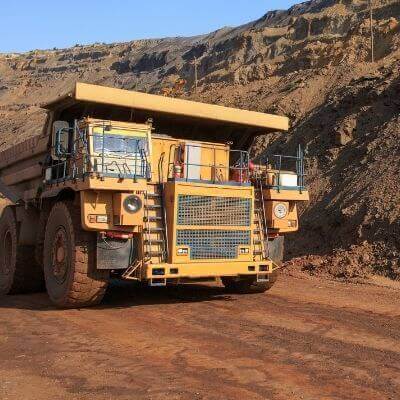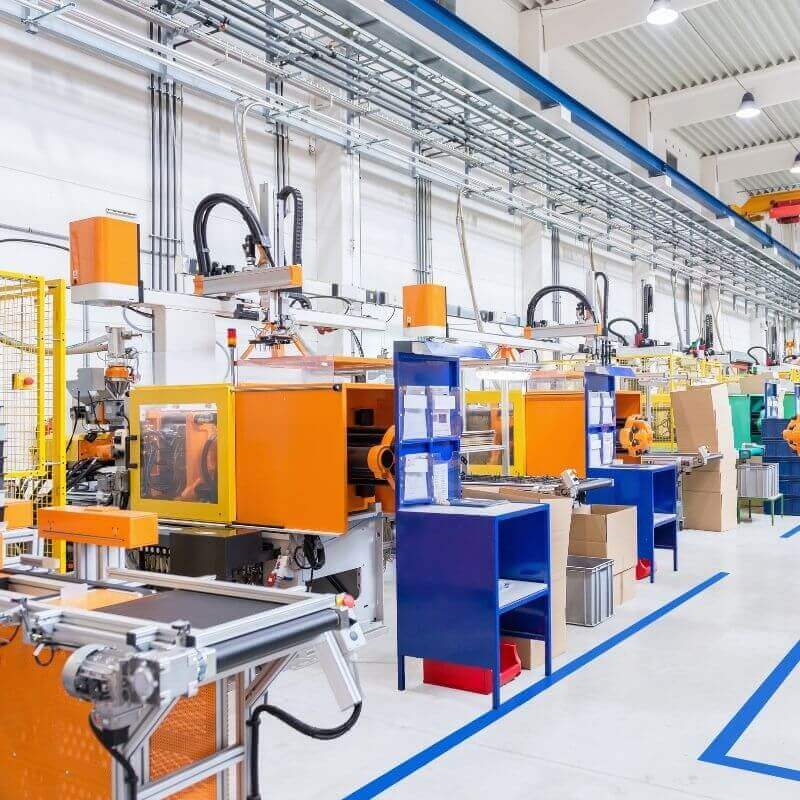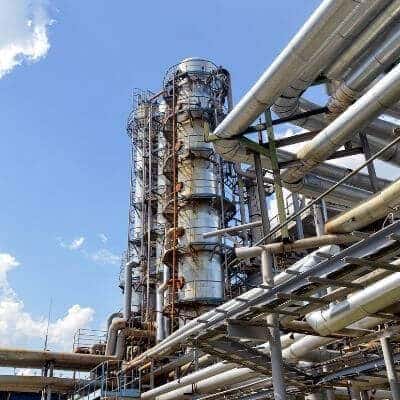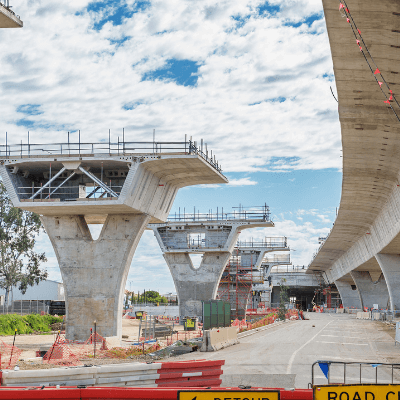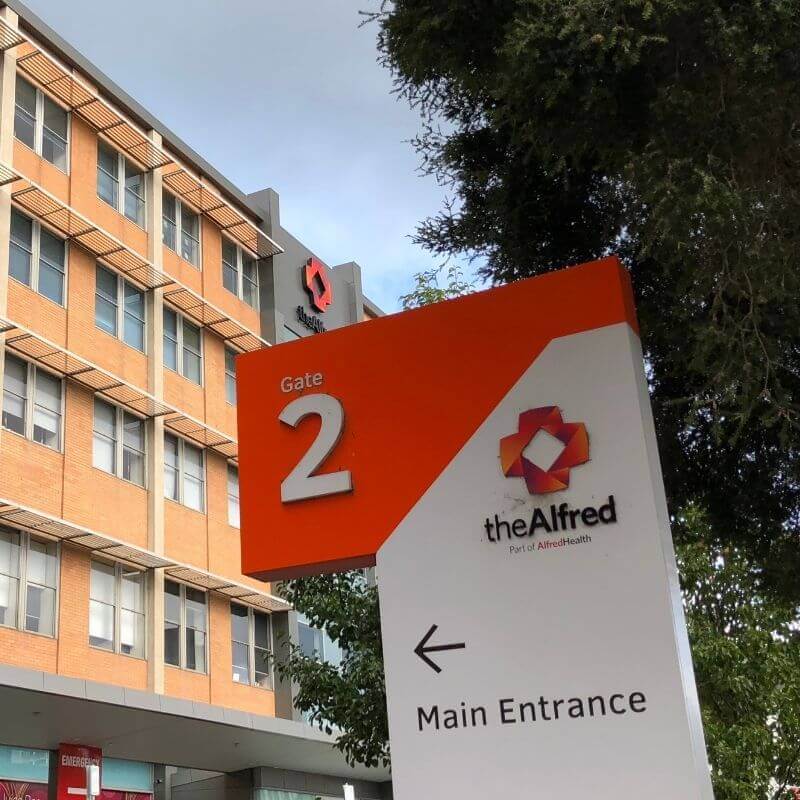Asbestos Testing & Identification
Receive a detailed analysis of your potentially Asbestos Containing Material (ACM) within 24 hours*
It is very likely that you come across Asbestos. Until it was banned in 2003, Asbestos was used in thousands of applications from car brake pads to electrical switch boards or vinyl flooring. (Download a list here).
Our NATA accredited laboratory can provide peace of mind if you are not sure. Samples the size of 50 Cent piece are all we need for you to know.
Book your analysis online and drop your samples off at our office location.
Our services include:
A specialist (scientist) will analyse samples that have been taken by our team (See Asbestos Audit) or that were dropped off by our clients and create a report about their findings.
Our laboratory technician (scientist) conducts Asbestos Fibre Counting at our Nata laboratory.
Operating our own NATA accredited laboratory conducts asbestos testing and assures cost effective handling and short turn around times. Your samples will be tested by an experienced and certified lab technician.
Request a Quote
Please provide us with some details.

Asbestos Sample Analysis & Identification of Asbestos Type
Be assured that the material present at your property or workplace does not contain Asbestos.
HSE Australia’s NATA accredited laboratory analyses samples to determine the presence and identify the type of Asbestos.
Please note: Under Australian Workplace Health and Safety regulations suspect asbestos-containing material must be assumed to contain asbestos until cleared through testing at a NATA accredited laboratory. It is simply not enough to guess.
Examples of asbestos containing material include fibre cement sheet materials, floor coverings, insulation materials, roof cladding, electrical backing boards, gasket and friction materials, plus mastics, fillers and putties.
If you suspect your property or workplace contains Asbestos Containing Material (ACM), it is a requirement to know before demolition or renovation proceeds. Take samples and get them tested.
However, it is important to take adequate steps towards reducing the risk of exposure for anyone present while the sample is taken. If collecting a sample of building material such as fibre cement sheet, there are some important steps to follow:
- put on gloves and respiratory protective equipment (RPE/Mask).
- wet the area you want to extract material from.
- sample (break off) a piece approximately the size of a 20 cent piece.
- double bag the sample in sealable plastic sandwich bags.
- label the bag with the sample type and location, e.g., “fibre cement from ceiling tiles, 1 floor, office 1”.
- drop it into our Adelaide or Perth office and complete a Chain of Custody document and your contact details.
- Payment is required before the report is issued.
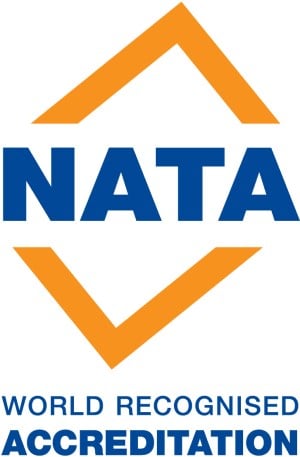
*Please note that additional costs may apply for 24/7 testing and 24hr reporting
Sample Analysis of potentially Asbestos Containing Material
HSE Australia operate a NATA accredited laboratory in Adelaide to provide asbestos identification services. We are able to analyse large numbers of samples and provide a report of the identification usually within 24 hours.
Request A Call Back
Solving problems others find difficult...for clients in

Frequently asked Questions
Health Safety Environment Australia
Can I drop-off samples?
Yes, please drop-off your (properly sealed) samples personally during office hours. For afterhours, please drop-off double-sealed and sufficiently labelled samples along with your contact details into our mailbox. 193 Henley Beach Road, Mile End, 5031
How to get something tested for Asbestos?
Before you take a sample, please read the next FAQ. To analyse for Asbestos, we need a small sample the size of a 50 cent piece from you. You can drop it of at our office location for lab analysis.
How to safely take Asbestos samples?
1. Prepare your personal protection equipment (PPE). You will need:
- A P2 grade disposable respirator (mask)
- A pair of disposable gloves
- Prepare your sampling kit. You will need:
- Two sealable plastic bags (e.g. sandwich bags)
- A tool to take and hold a small sample ( approx. 50 cent piece)
- A plastic rubbish bag to dispose the PPE.
2. Take your sample:
- Put on your PPE and assure that the mask fits tightly and offers adequate seal
- While trying to disturb the potentially Asbestos Containing Material (ACM) as little as possible, take a sample the size of a 50 cent piece.
Try not to touch the sample with your hands! - Open up one plastic bag a little. Put your asbestos sample into the plastic bag and seal it. Don’t let the air “puff out”, air contamination might occur.
- Put the first bag into the second bag and seal it.
- Slowly remove your PPE and put it in the rubbish bag. Seal the rubbish bag and dispose it.
How long does an Asbestos Sample Analysis take?
Our Asbestos Laboratory in Adelaide is available 24/7. Howver,er, if not urgent, please allow 3-5 working days. If urgent, we can provide you with an analysis report within 24 hours. (Extra charges might apply)
What is asbestos?
To put it simply, asbestos is a rock forming silicate. The most common silicate is quartz. However, asbestos is special because it is not solid but consisting of fibres. These fibres, once disturbed or broken down can become a health hazard. Unfortunately, over the past 100 years, Asbestos was used in a variety of everyday products and over 3000 building products alone.
Do you only work with commercial clients?
NO. We mainly work with companies and corporates; however, we are happy to analyse samples for residential clients as well. Please book your samples into the Lab for analysis: https://hseaustralia.com.au/nata-laboratory/asbestos-sample-analysis-adelaide/
One Source Many Solutions
Over the past 15 years we developed the ability to quickly understand and respond to our clients’ needs. We are “solving problems others find difficult…”.
We offer our clients an enviable team of specialists working with associates and other external experts, driving and delivering fit for purpose, tailored single sourced solutions for you.

